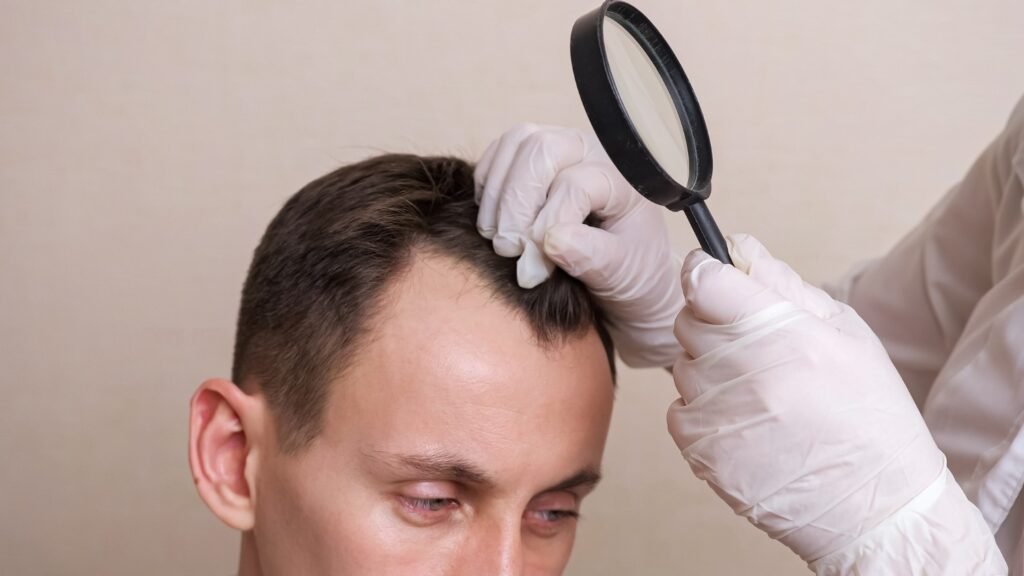Korea has become a top destination for medical tourists seeking cutting-edge stem cell hair restoration treatments. With its world-class clinics, expert doctors, and advanced technology, Korea offers an unparalleled experience for those wanting to tackle hair loss effectively. Here’s a comprehensive guide to navigating the entire process smoothly while traveling in Korea.
Step 1: Pre-Trip Planning and Research
- Choose a reputable clinic: Start by researching Korean clinics specializing in stem cell hair therapy. Look for certifications, patient reviews, treatment success rates, and English-speaking staff.
- Schedule a virtual consultation: Many clinics offer online consultations to assess your condition, discuss treatment options, and customize your plan before you arrive.
- Prepare documents: Gather your medical history, current medications, and any lab results related to hair loss.
- Visa and travel arrangements: Check visa requirements for Korea and book your flights and accommodation accordingly.
Step 2: Arrival and Initial Consultation
- Clinic reception and orientation: Upon arrival, many clinics offer patient concierge services, including airport pickup and translation assistance.
- Comprehensive scalp and health assessment: Doctors perform a detailed examination using advanced imaging like trichoscopy and may conduct blood tests to evaluate hormone levels and overall health.
- Personalized treatment plan: Based on the evaluation, the clinic will design a protocol specifying the number of sessions, type of stem cells, and any complementary therapies (e.g., PRP, microneedling).
Step 3: Stem Cell Harvesting Procedure
- Fat tissue extraction: Typically done via minimally invasive liposuction from areas like the abdomen or thighs under local anesthesia.
- Processing stem cells: The clinic’s on-site lab isolates and concentrates stem cells from the fat tissue in a sterile environment.
- Duration: The harvesting and processing take about 1 to 2 hours.
Step 4: Stem Cell Injection
- Targeted scalp injections: Stem cells are carefully injected into thinning or balding scalp areas to stimulate follicle regeneration.
- Adjunct treatments: Some clinics combine injections with microneedling or PRP to enhance absorption and effectiveness.
- Procedure time: Usually completed within 30 to 60 minutes with local anesthesia.
Step 5: Post-Treatment Care
- Immediate aftercare: Minor swelling or redness may occur; clinics provide detailed instructions on scalp care, such as avoiding washing or applying products for a specified time.
- Medication and supplements: Some patients receive supportive medications or nutritional supplements to aid recovery and hair growth.
- Activity restrictions: Avoid strenuous exercise, sauna, or exposure to direct sunlight for a few days.
Step 6: Follow-Up and Monitoring
- Regular check-ups: Korean clinics schedule follow-up visits to monitor progress, address side effects, and decide on additional sessions if needed.
- Hair growth tracking: Imaging tools help document hair density improvements over time.
- Communication support: Multilingual coordinators ensure patients understand care instructions and treatment outcomes.
Step 7: Additional Treatments and Maintenance
- Multiple sessions: Stem cell therapy usually requires 3 to 6 sessions spaced 4 to 6 weeks apart for optimal results.
- Combination therapies: Clinics may recommend complementary treatments like low-level laser therapy (LLLT) or topical medications to sustain hair growth.
- Long-term care plan: Patients receive guidance on lifestyle, diet, and hair care to prolong benefits.
Step 8: Departure and Remote Support
- Post-trip care: Many clinics offer remote consultations and support for international patients after returning home.
- Supply of medications: Clinics can arrange for the shipment of recommended hair care products or medications.
- Emergency contact: Patients have access to medical support in case of unexpected side effects.
🧳 Tips for a Smooth Experience
- Plan your stay: Allocate at least 2 to 3 weeks in Korea to accommodate initial treatment and follow-ups.
- Choose accommodation near the clinic: Saves travel time and makes attending multiple sessions easier.
- Follow clinic instructions strictly: Post-treatment care is crucial for success.
- Stay hydrated and maintain a healthy diet: Supports healing and hair growth.
- Communicate openly: Inform your doctor about any concerns or unusual symptoms immediately.
🏁 Final Thoughts
Getting stem cell hair restoration in Korea as a medical tourist is a seamless journey when well-prepared. From the initial consultation to post-treatment care, Korean clinics provide expert, personalized service ensuring you achieve the best possible results while enjoying your visit to this vibrant country.




